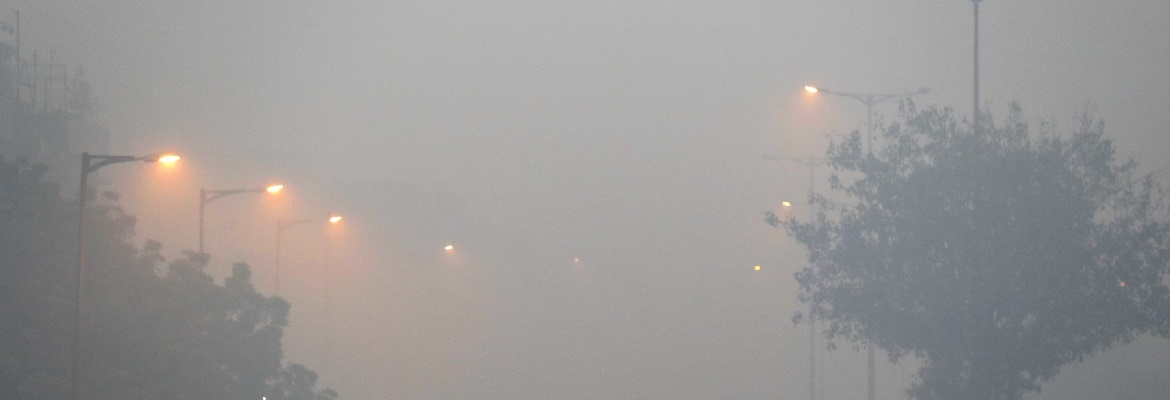Rawalpindi: The much-anticipated cloud seeding initiative to alleviate the persistent smog in Rawalpindi and Islamabad has been temporarily suspended due to technical challenges and unfavorable weather conditions.
In collaboration with the Punjab government, the Environmental Protection Department (EPD) had planned to use cloud seeding to create artificial rainfall and improve air quality. However, the initiative has hit a setback as the necessary conditions for cloud seeding have not materialized. Despite the presence of clouds over the region, they do not meet the specific criteria required for artificial rainfall.
Read: LHC issues tough measures to combat Smog; Punjab implements ‘Green Lockdown’
Further complicating matters, both the aviation and meteorological departments have declined to approve the operation, leading authorities to halt the planned intervention. The EPD stated that although the clouds are present, they are not conducive to triggering rainfall, making it impossible to proceed with the cloud seeding process at this time.
While the project has been suspended for now, the EPD has indicated that should favorable cloud conditions arise in the future, the cloud seeding operation may be revisited. The intervention could extend from Rawalpindi to Lahore, with the potential to offer temporary relief from the ongoing smog. However, the project comes with a significant price tag, with estimated costs ranging between Rs. 250 million to Rs. 300 million.
Read: Preparations underway to tackle smog issue in Lahore via artificial rain
The suspension of the cloud seeding initiative leaves the residents of Rawalpindi and Islamabad without a short-term solution to the hazardous smog that has been severely affecting air quality and visibility in the twin cities.
Cloud seeding involves dispersing chemicals like silver iodide and sodium chloride into the clouds to stimulate ice crystal formation, increasing cloud density and triggering rainfall. Typically, these operations are conducted using specialized aircraft at altitudes between 2,000 to 4,000 feet.








